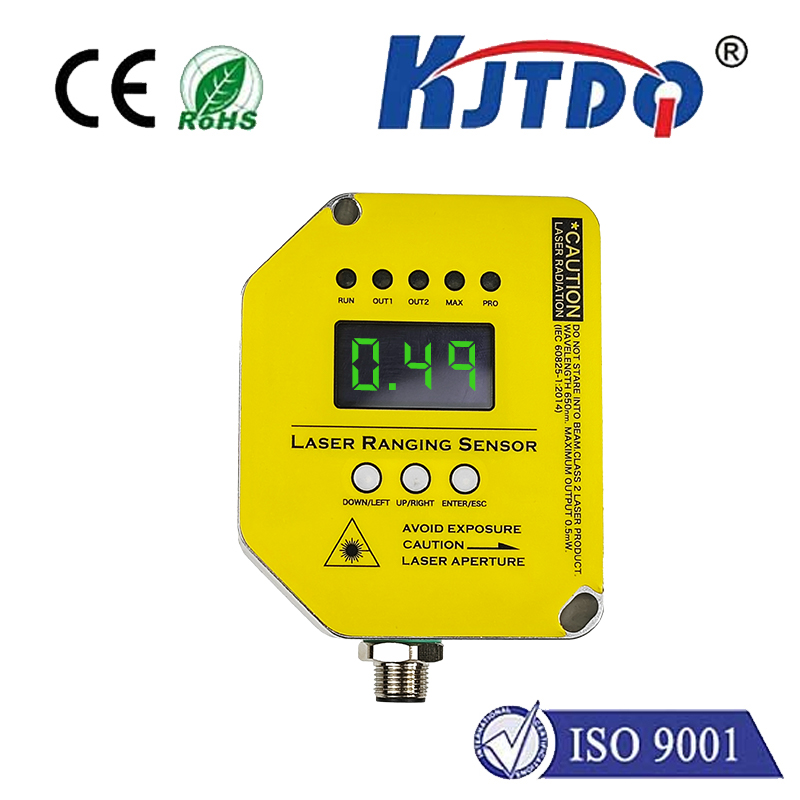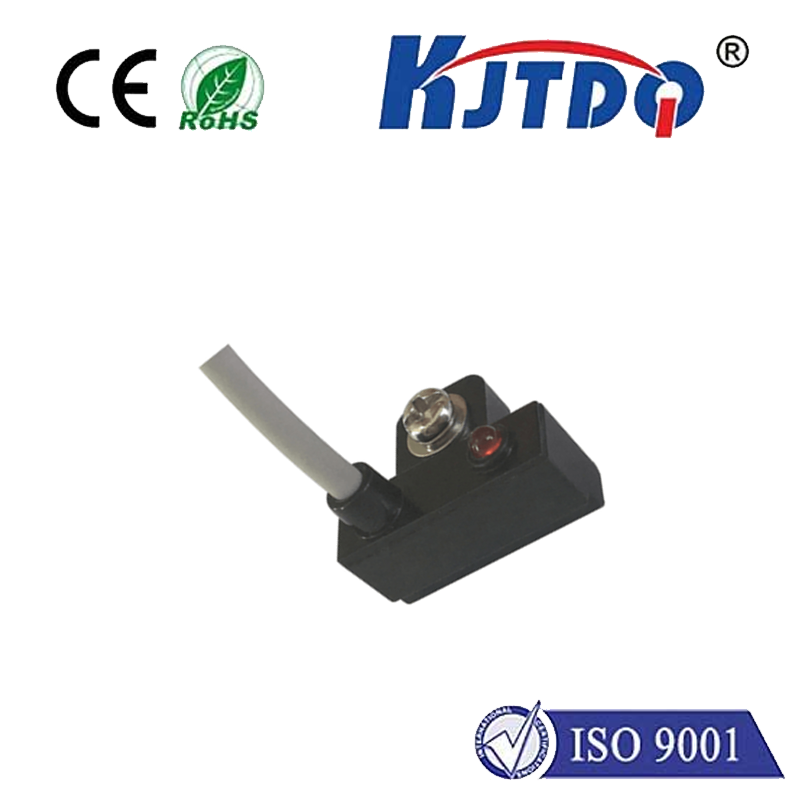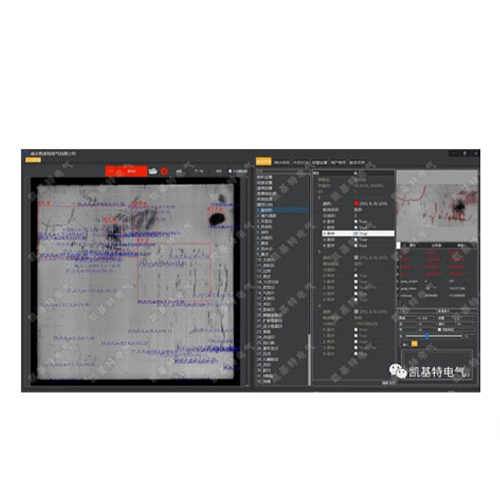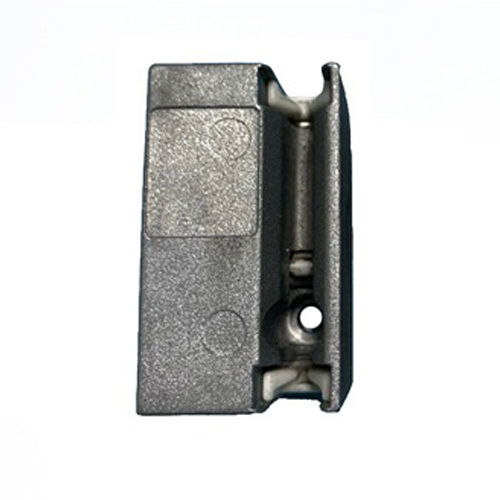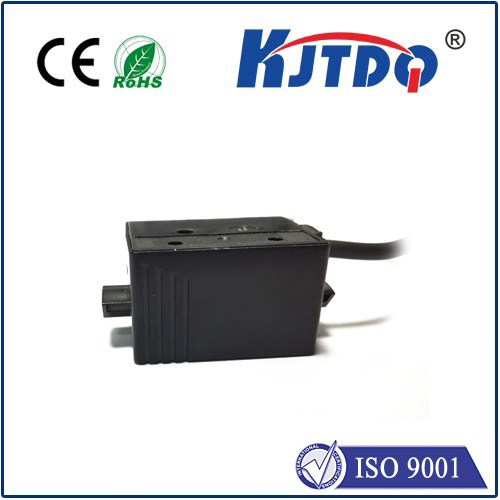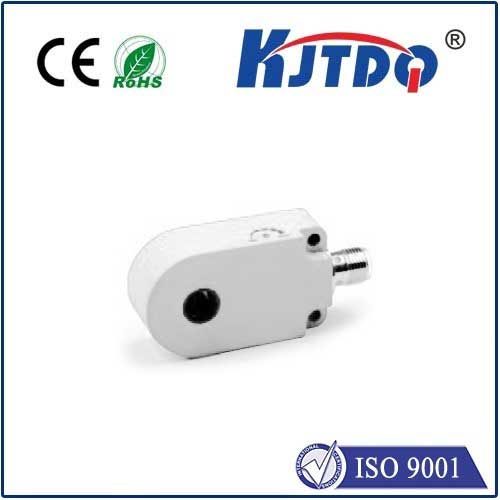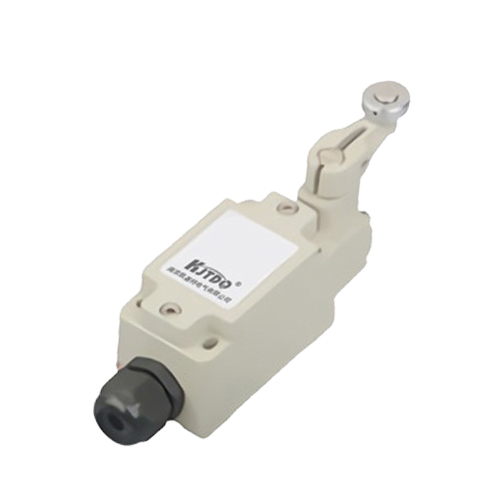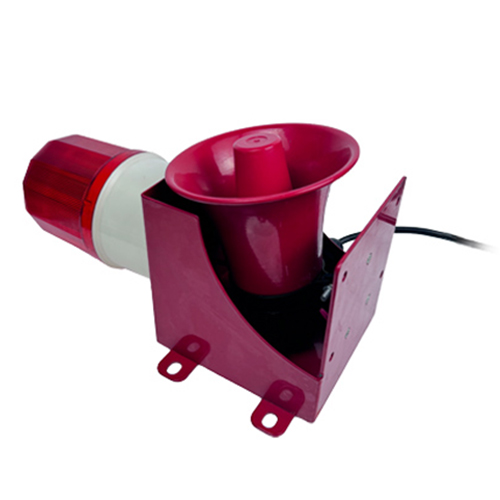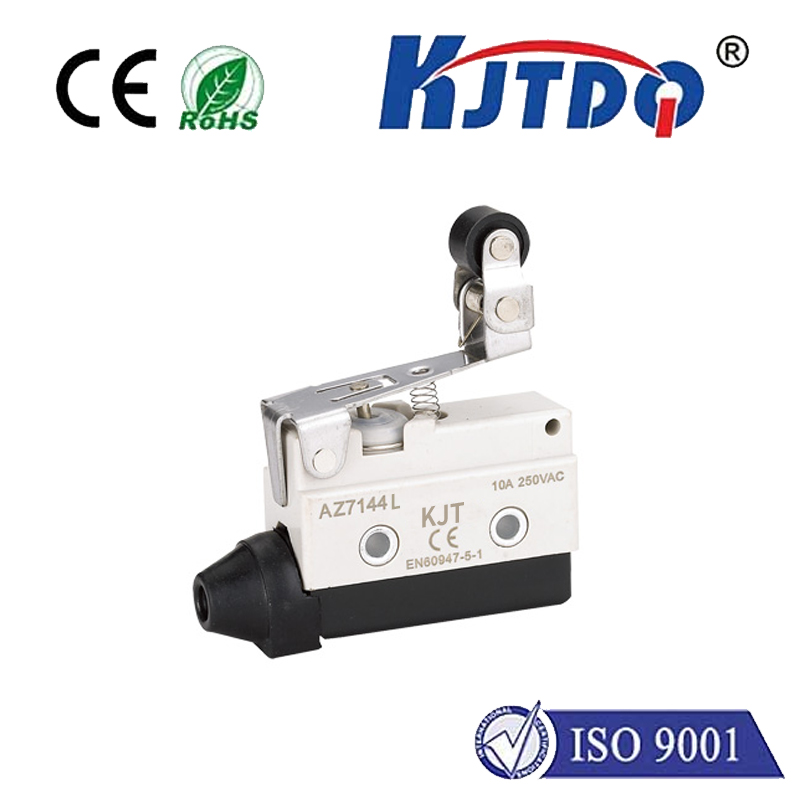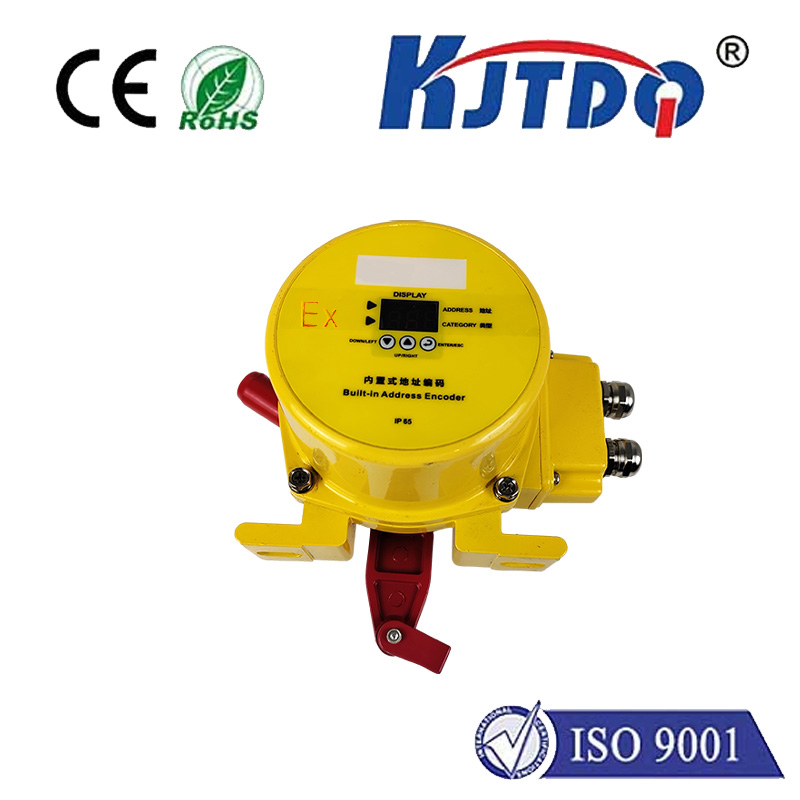конденсаторный датчик npn
- time:2025-07-14 14:55:31
- Нажмите:0
NPN Capacitive Sensors: The Non-Contact Detection Powerhouse
Imagine a world where machines delicately sense materials without touching them – powders flow freely without spillage, liquids fill containers precisely, and delicate objects move on conveyor lines untouched. This is the everyday reality enabled by capacitive sensing, and NPN capacitive sensors stand as versatile workhorses within this crucial automation technology. Understanding how they function and where they excel is key to unlocking smarter, more reliable industrial processes.
Beyond Touch: The Capacitive Sensing Principle
Unlike mechanical switches requiring physical contact, capacitive proximity sensors operate on an invisible principle. At their core lies an electrode forming an electrical field. When any object – metallic or non-metallic – enters this field, it alters the field’s capacitance. This minute change is precisely detected by the sensor’s internal electronics. This fundamental ability to detect practically any material based on its dielectric constant (its ability to store electrical energy) is what makes capacitive sensors uniquely powerful. They excel at detecting wood, plastic, glass, liquids, granular materials like grains or powders, and even detecting levels through thin non-metallic container walls.
The “NPN” Factor: Understanding the Output
This is where the “NPN” designation becomes critical. It refers specifically to the type of transistor used in the sensor’s output stage and dictates how the sensor switches its output signal in response to a detected object.
- Output Function: An NPN capacitive sensor acts as a switching device. When no target is present, its output signal is in a high-impedance state (essentially “off” or open). When a target enters its sensing range, the sensor switches on its output.
- The Sinking Nature (NPN = Negative-Positive-Negative): The key characteristic of an NPN output is that it sinks current to the common negative (0V) supply line. Think of it as providing a path to ground when active. To complete the circuit and power the load (like a PLC input, relay coil, or indicator lamp), the load must be connected between the positive supply voltage (+V) and the sensor’s output wire.
- Wiring Simplified: In practical terms, for an NPN sensor:
- Connect the Brown wire to the Positive (+) DC supply voltage (e.g., +24V).
- Connect the Blue wire to the Negative (-) or 0V DC supply voltage.
- Connect the Black (or sometimes White) wire, the output load wire, to your load device (e.g., PLC input terminal).
- Connect the other side of the load device back to the Positive (+) supply voltage.
This configuration is often summarized as “NPN = Switched Negative” – the sensor switches the negative/ground side of the load circuit.
Why Choose an NPN Capacitive Sensor?
The combination of capacitive sensing and NPN outputs offers compelling advantages:
- Material Agnosticism: As covered, their ability to detect virtually any solid or liquid material is unparalleled compared to purely inductive sensors (which only detect metals). This makes them ideal for food processing, packaging, pharmaceutical manufacturing, woodworking, and chemical handling.
- Non-Contact Operation: Eliminates wear and tear on both the sensor and the target object, leading to drastically increased lifespan and reliability.
- Container Penetration: The sensing field can often penetrate thin-walled non-metallic containers (plastic, glass), enabling applications like liquid level control or pellet/powder bin level detection without direct contact.
- Environmental Resilience: Many models feature robust housings (stainless steel, PBT plastic) and high IP ratings (IP67, IP69K), making them resistant to dust, moisture, cleaning agents, and washdown environments.
- NPN Output Compatibility: NPN outputs are commonly the standard in many regions (like Europe and Asia) and perfectly match the requirements of PLC input cards typically designed to accept sinking inputs.
- Adjustable Sensitivity: Most capacitive sensors allow sensitivity adjustment via a potentiometer. This is crucial for tuning out background effects (like sensing through a container wall) or ignoring non-target materials.
Key Applications Driving Efficiency
The unique capabilities of NPN capacitive sensors solve diverse challenges:
- Level Detection: Monitoring fill levels of liquids (water, oil, chemicals), granules (grains, plastic pellets, coffee beans), and powders (flour, cement) in tanks, hoppers, silos, and bottles. Detecting both high-level (overflow prevention) and low-level (run-dry protection).
- Presence/Absence Verification: Confirming the presence of bottles, caps, cartons, blister packs, wood panels, plastic components, or stacks of paper on conveyors or at workstations – regardless of color or surface finish.
- Liquid Interface Detection: Distinguishing between two immiscible liquids with different dielectric constants (e.g., oil floating on water).
- Object Counting: Tallying non-metallic items moving along a conveyor or chute.
- Proximity Detection: Detecting the approach of objects or materials without physical contact, triggering subsequent actions.
Selecting and Installing with Precision
To ensure optimal performance for your specific конденсаторный переключатель приближения:
- Sensing Range: Check the sensor’s specified nominal sensing range (Sn) for your target material. Remember, the effective range depends heavily on the material’s dielectric constant (e.g., water has a high constant and is easily detected, while dry wood has a lower constant and requires closer proximity). Non-standard materials require careful testing.
- Mounting Considerations: Metal surrounding the sensor’s active face significantly reduces its effective range – use flush-mountable models if mounting in metal. Maintain adequate clearance between sensors and between sensors and metal parts as specified by the datasheet.
- Environmental Factors: Ensure the housing material, sealing (IP rating), and operating temperature range suit the application environment (high moisture, dust, extreme temperatures, chemical exposure).
- Sensitivity Adjustment: Use the adjustment screw to optimize detection of the target material while minimizing false triggers from background effects. Fine-tuning is often necessary during initial setup.
- Electrical Compatibility: Double-check the supply voltage (typically 10-30V DC) and ensure the sensor’s sinking output (NPN) matches the input requirements of your connected device (e.g., PLC input module needing a switched ground path). Ensure correct polarity on the supply wires (Brown = +V, Blue = 0V).
The Indispensable Sensor in Modern Automation
NPN capacitive proximity sensors are far more than simple switches. They are sophisticated non-contact detection devices that bridge the gap between the physical world of materials and the digital world of control systems. Their unique capacitive sensing technology, combined with the practical sinking output of the NPN configuration, makes them an indispensable component across a vast spectrum of industries. From ensuring precise filling on a beverage line to safeguarding against bin overflow in a grain silo, or confirming the presence of a plastic component on a high-speed assembly line, the NPN capacitive sensor delivers reliable, wear-free detection power where other sensors simply cannot reach. Understanding their operating principle and capabilities is fundamental to designing efficient, robust, and intelligent automated systems.
